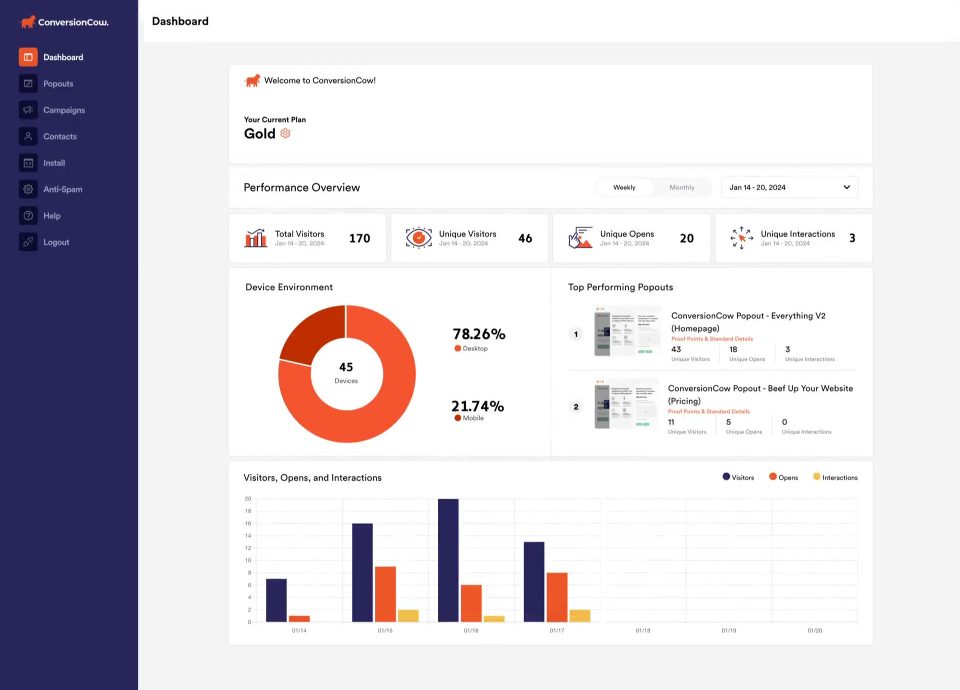
There is no denying that scheduling software plays a crucial role in qualifying more leads for a business. In fact, successful lead qualification often starts with effective scheduling. Without it, it is almost impossible for any business to acquire the valuable sales it needs to thrive online.
Zoom Scheduler and Calendly are considered two of the most recommended tools for this purpose. Both platforms have unique but simple interfaces and functionality that cater to different user preferences. Thus, making them ideal options for any business looking to qualify more leads in a short period.
Read on as we break down each of these scheduling tools and how they can benefit your lead generation efforts.
Understanding Lead Qualification
First things first, what is lead qualification? Unlike lead generation, lead qualification goes in a more specific route.
Lead qualification is basically the process of assessing potential customers. This is used to determine the chances of your prospects becoming paying clients. It evaluates leads based on four main criteria: interest, budget, authority, need, and timing.
By qualifying leads, businesses can focus their efforts more on the most promising prospects. This filters out less viable leads, saving you time and, at the same time, improving efficiency in sales and marketing efforts.
Zoom Scheduler
Zoom Scheduler is a scheduling tool integrated with Zoom. It is designed to simplify the process of booking and managing meetings with the video conferencing platform.
Simply put, it enables users to schedule video calls directly from their calendars. This ensures that both parties find a suitable time for their appointment without confusion.
The tool is particularly beneficial for sales teams that rely on timely follow-ups and quick interactions with prospects. It allows businesses to qualify leads faster, as it minimizes delays and improves the overall experience for potential clients.
Features:
- Integration with Zoom for video calls
- Calendar syncing (Google Calendar, Outlook)
- Automatic time zone detection
- Customizable scheduling links
- Reminders and notifications
- Group scheduling options
- Reporting and analytics for meeting insights
Pros:
- Seamless integration with Zoom
- User-friendly interface
- Reduces scheduling conflicts
- Increases meeting attendance rates
- Customizable branding options for scheduling links
Cons:
- Limited advanced features compared to dedicated scheduling tools
- May require a Zoom account for full functionality
- Can be less flexible for complex scheduling needs
What Users Say:
Many users highlight the tool’s benefits in reducing no-shows and improving engagement with leads. However, some users wish for more robust features to manage larger teams or more complex scheduling scenarios.
Pricing:
- Free plan (limited features)
- Pro plan: $14.99/month per user
- Business plan: $19.99/month per user
- Enterprise plan: Custom pricing based on requirements
Calendly
Calendly is a popular scheduling tool that streamlines the process of booking appointments. It is a simple but innovative tool that can make it easier for businesses to connect with potential leads.
The tool is known for its user-friendly interface, which allows users to set their availability and share personalised scheduling links with clients. This automation enables quick scheduling of meetings and time zone detection which is crucial for qualifying leads.
Features:
- Customizable scheduling links
- Calendar integrations (Google, Outlook, Office 365)
- Time zone detection
- Automated email reminders and follow-ups
- Group scheduling and round-robin options
- Meeting type customization (one-on-one, group, etc.)
- Analytics and reporting tools
Pros:
- Intuitive and easy-to-use interface
- Highly customizable scheduling options
- Reduces scheduling conflicts and no-shows
- Integrates with numerous applications (CRM, payment processors)
- Excellent for both individual and team scheduling
Cons:
- Some advanced features are only available in higher-tier plans
- Limited branding options in the free version
- May experience occasional syncing issues with calendars
What Users Say:
Users frequently praise Calendly for its simplicity and effectiveness in managing appointments. Many report a significant reduction in scheduling friction, which results in higher lead engagement. The only issue is that most of its advanced features are not available on lower-tier plans.
Pricing:
- Free plan (basic features)
- Essentials plan: $8/month per user
- Professional plan: $12/month per user
- Teams plan: $15/month per user
Direct Comparison: Zoom Scheduler vs Calendly
User Experience
- Zoom Scheduler: Zoom Scheduler offers a simple and easy-to-navigate user interface, especially for users already familiar with Zoom. It allows the smooth scheduling of video meetings directly from the calendar. However, it lacks the advanced customization options found in other tools.
- Calendly: Calendly is known for its intuitive design and ease of use. Users can quickly set their availability and share personalized links. Customization of meeting types can also enhance user experience and allow businesses to improve their scheduling processes more effectively.
Integration and Compatibility
- Zoom Scheduler: Zoom Scheduler is primarily integrated with Zoom which is ideal for users who frequently utilize it for video conferencing. It also syncs with popular calendar applications like Google Calendar and Outlook. However, its integration options are somewhat limited compared to broader scheduling tools.
- Calendly: Calendly boasts extensive integration capabilities with various applications, including CRM systems, payment processors, and more. It is a great scheduling solution for those looking to sync with Google, Outlook, and Office 365 calendars.
Pricing and Value
- Zoom Scheduler: Zoom Scheduler’s pricing is competitive, especially for users who primarily need video conferencing capabilities integrated. While this is beneficial, the value may be less appealing for those who need advanced features.
- Calendly: Calendly offers a more affordable range of plans, providing excellent value for businesses seeking a robust scheduling solution with a variety of features. Its pricing structure allows companies to choose a plan that best suits their need.
Bottom Line
While both Zoom Scheduler and Calendly serve essential roles in streamlining the scheduling process, the choice all boils down to the features and integration options.
If your primary focus is video conferencing integration and you are already invested in the Zoom ecosystem, Zoom Scheduler is a solid choice. But for businesses looking for a more advanced scheduling tool with extensive features, Calendly is the superior option.
Its competitive pricing and robust features are crucial for qualifying leads, as they allow organizations to enhance both engagement and conversion rates. Overall, Calendly is likely the better fit for those looking to optimize their scheduling processes and improve lead management.
Related Articles
See All
Marketing
Tracking Your Conversions With ConversionCow

Marketing
Top Video Marketing Tools for 2024 – Exploring Alternatives to YouTube & TikTok for Enhanced Marketing Strategies

Marketing
2024 Current Trends & Future Outlook On Facebook, Instagram & TikTok

Marketing